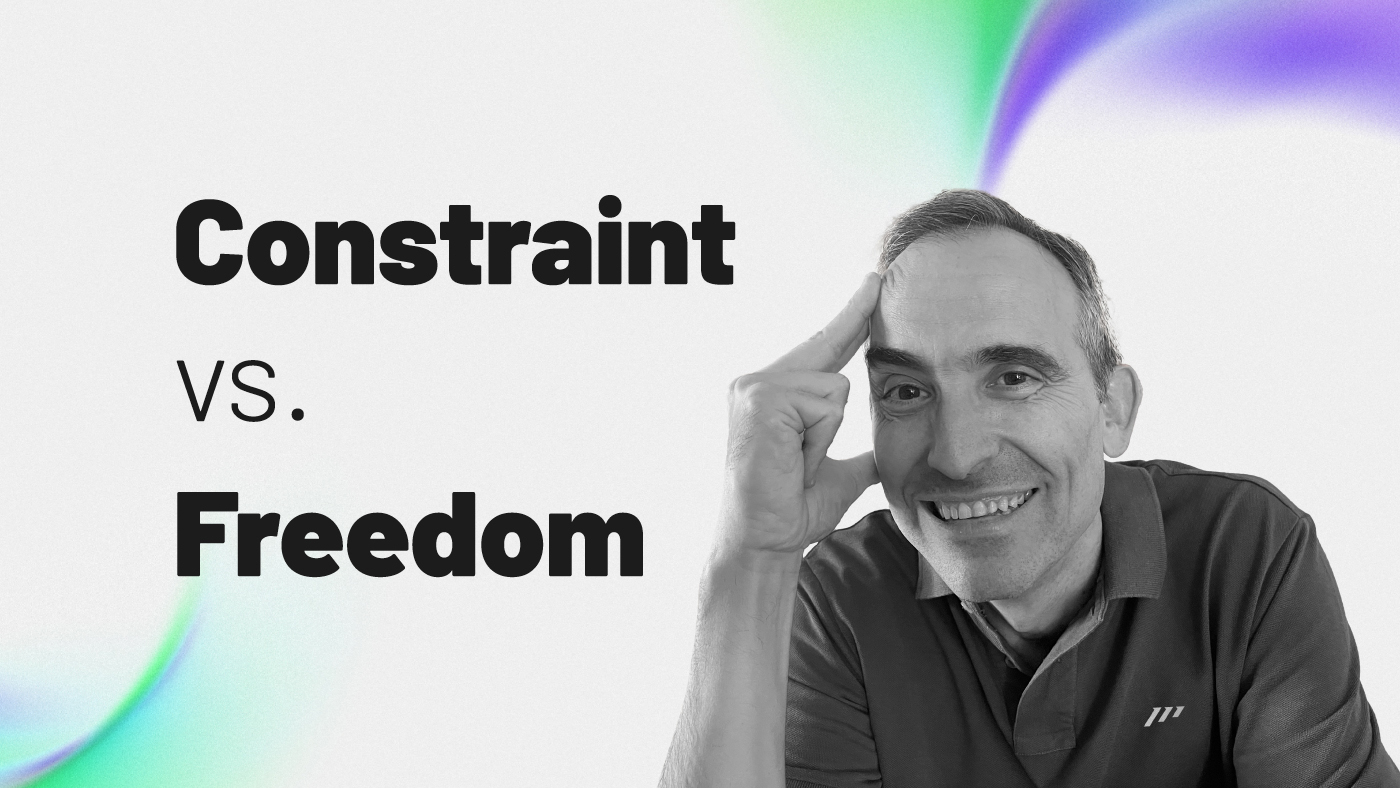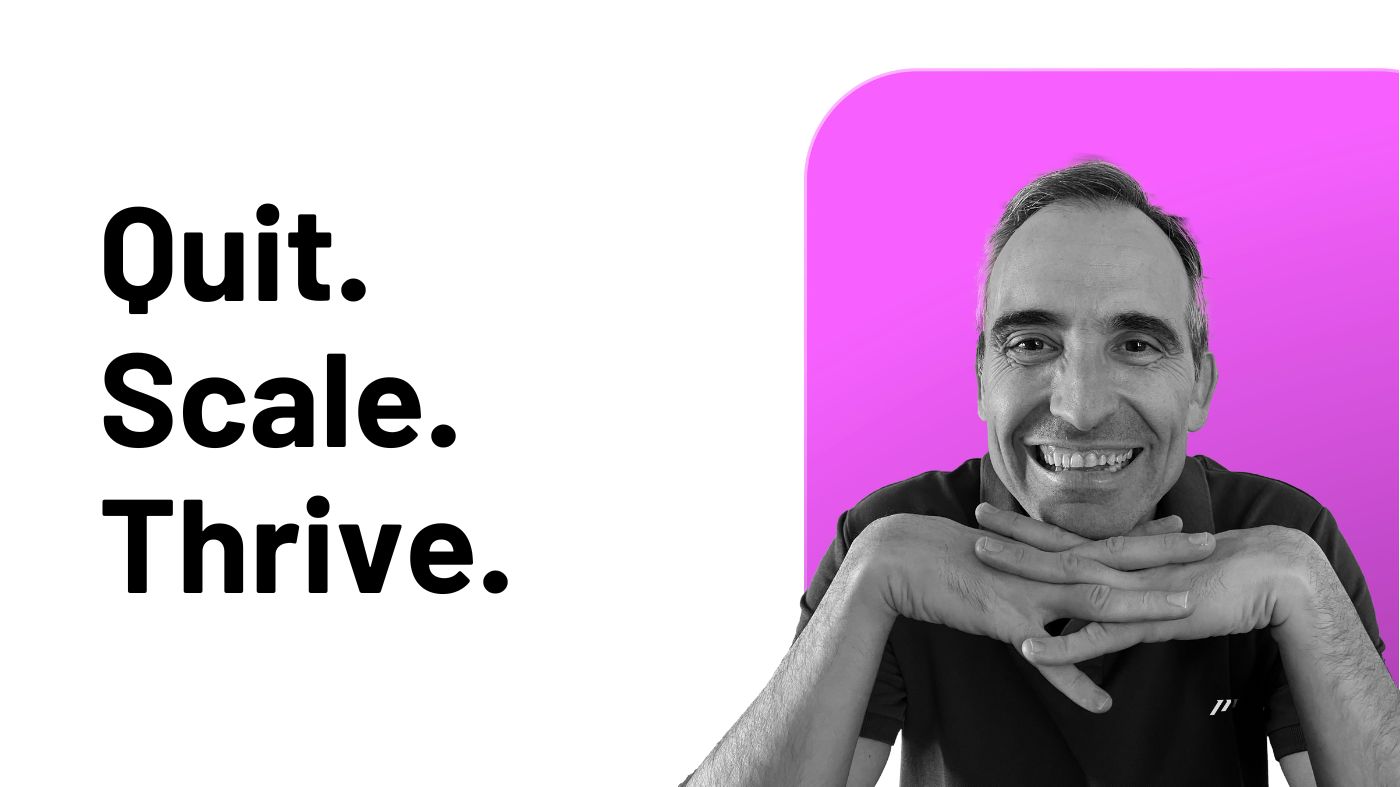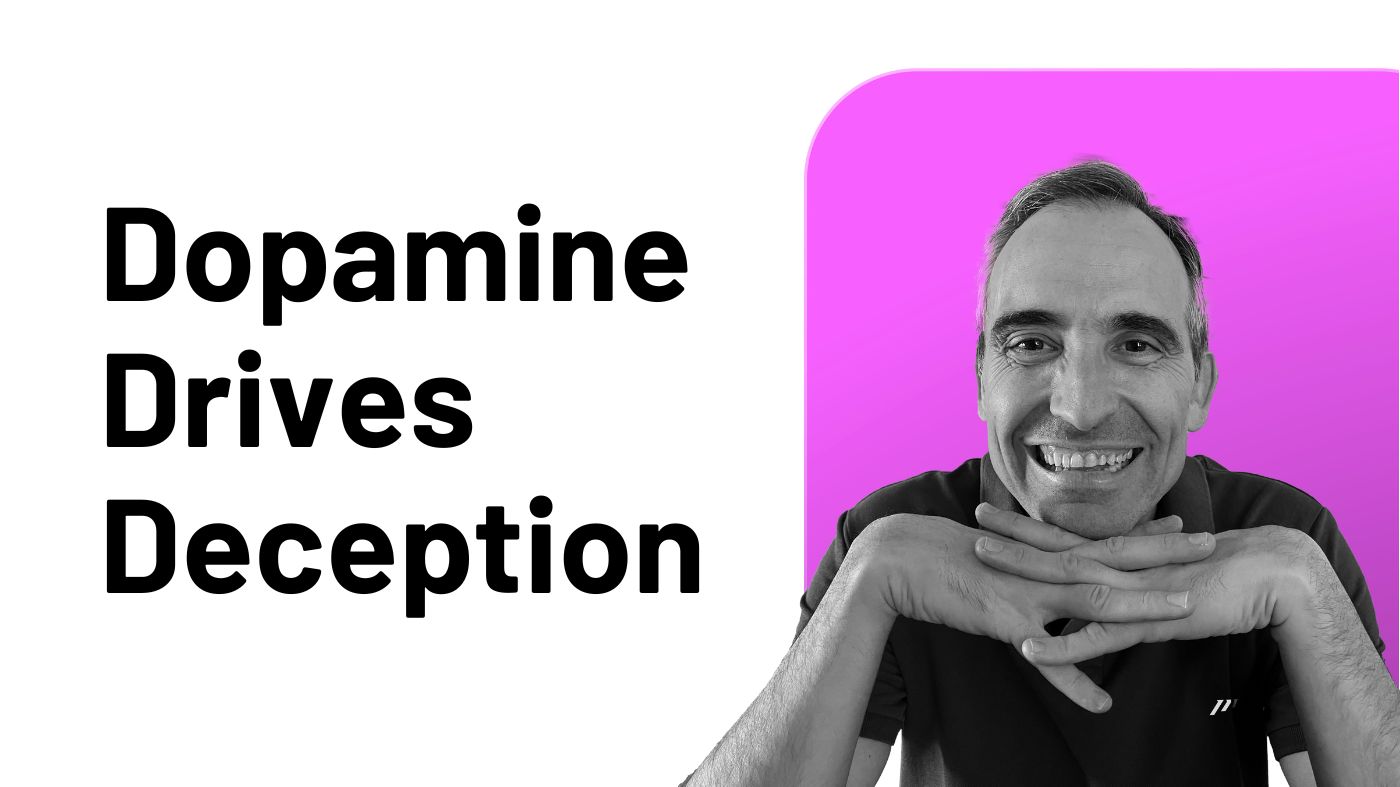At the Paperless Movement®, we often get asked by our members and followers about the best tools to use.
Our answer is simple: every tool is created with a specific purpose in mind, something it excels at.
This main feature is the tool’s strength, while other functions might just be additional, less effective features. In fact, weaknesses.
Many software companies claim their tools can handle a wide range of tasks in various scenarios. However, this is not always the most efficient approach.
Using a tool beyond its primary function can lead to complications.
You might find yourself creating workarounds or using the tool in ways it wasn’t designed for, which can disrupt your workflow and the way you think:
-
Over time, this can make your process less smooth, turning what should be a seamless experience into a “challenging” one.
-
You might start searching for alternative tools that better suit specific tasks and operations you’re struggling with.
-
This can lead to a fragmented productivity system where you’re unsure where to store or manage your information and actions, causing stress and confusion.
A common example of this issue is with calendars and planners.
People often find themselves spending more time deciding where to put an entry rather than focusing on the item itself.
Our advice is always to remember that tools are best used for their primary purposes to maintain a clear, efficient workflow.
Let’s see how this can become a reality.
Concepts, Concepts, and Concepts
At the Paperless Movement®, we firmly believe that understanding concepts is key.
Before anything else, it’s crucial to have a clear definition of what you’re working with. Once these concepts are well-defined, the next step is to develop the processes and workflows that support them.
It’s only when these concepts and workflows are completely clear that you should start thinking about how to implement them, choosing the right tools for each use case.
This approach applies to everything, including calendars and planners.
Despite their similarities, there are important differences between them, often found in the subtle details.
That’s why I’m going to start by clearly defining each of them, helping you to grasp these key distinctions.
This clarity is essential for effectively using these tools.
Calendars vs. Planners
A calendar is “a way to organize and keep track of time, usually broken down into days, weeks, months, and years”.
While originally calendars were just for scheduling events or appointments, recent advances in software productivity tools have expanded their use.
Now, you can use calendars to set tasks, deadlines, plan out project timelines, and manage various other kinds of information and activities.
On the other hand, we have planners, which are “tools designed for time management”.
Time management involves organizing and dividing your time among various activities.
However, a problem arises here: people often get confused about which tool to use for managing everything: events, appointments, tasks, and more.
This confusion is compounded by a technique known as “Time Blocking.”
Time Blocking is a method of time management where you divide your day into specific periods, each dedicated to a certain task or activity. Instead of tackling tasks randomly, you assign a specific time slot to each task, reducing the chances of procrastination and distractions.
This brings up several questions:
-
Where should you keep track of your tasks?
-
Where do you organize your meetings?
-
How can you effectively use the Time Blocking technique?
Understanding the distinction and purpose of these concepts is key to managing your time and tasks efficiently.
The Three Basic Concepts You Need to Know
The first important concept is understanding the difference between “constraint” and “freedom”.
“Constraint” often suggests being limited or restricted.
While many believe constraints limit freedom, they actually help navigate complex scenarios, especially in the busy life of a professional.
Constraints clarify what needs to be done. The steps you need to follow.
On the other hand, “freedom” implies the lack of restrictions, allowing one to act as they wish. It represents the idea of being unbound.
The second key concept is the purpose of a calendar, particularly for those in chaotic professional environments.
A calendar is a tool to record “constraints” – the unavoidable commitments like events, meetings, or appointments.
These are essential and missing them is not an option.
For managing these constraints, tools like Google Calendar, iCal, Fantastical, or, the one I prefer, Vimcal, are ideal, as they are specifically designed to keep track of such commitments.
The third concept is planners.
Their sole purpose is to help manage your time.
They allow you to organize all time-consuming activities, including tasks.
Tasks represent “freedom” as you decide when to complete them based on various criteria.
Planners are suited for the time blocking technique, with examples like Akiflow or Sunsama, which I personally prefer.
Don’t get confused because planners use calendar views to show you the information. That doesn’t mean they’re calendars at all!
Planners should be used to include all events from your calendar tool and all the tasks you want to plan coming from your task and project management tools.
This helps manage time effectively.
When planning, prioritize tasks around the constraints (events from your calendar) and allocate time for them.
Last Thoughts
Choosing the right tools for specific tasks and workflows is crucial for building an effective productivity system.
This approach ensures maximum productivity with minimal effort.
By using calendars specifically for time-sensitive items like events, meetings, or appointments, you eliminate the need for decision-making whenever these items come up.
Calendar tools are designed to efficiently capture and manage them for you.
For instance, imagine capturing an event on your mobile using an app like Vimcal, and then effortlessly managing it on your desktop later. This seamless experience across devices makes planning a joy, with no hassle.
Having immediate access to all my events on a calendar tool is incredibly helpful for daily planning. I can easily see the time slots already blocked by mandatory items like meetings or appointments.
This visibility allows me to strategically schedule my tasks around these fixed commitments.
For example, a useful strategy is to set goals for completing certain tasks either before an event begins or in the gaps between events.
This approach helps in prioritizing and managing tasks more effectively, avoiding the pitfalls of Parkinson’s Law, which states that work expands to fill the time available for its completion.
Always remember this: planners are tools designed to manage your time.
While you can choose when to execute your tasks, you don’t have the same flexibility with scheduled events.
Therefore, using these tools wisely can greatly enhance your productivity system.




